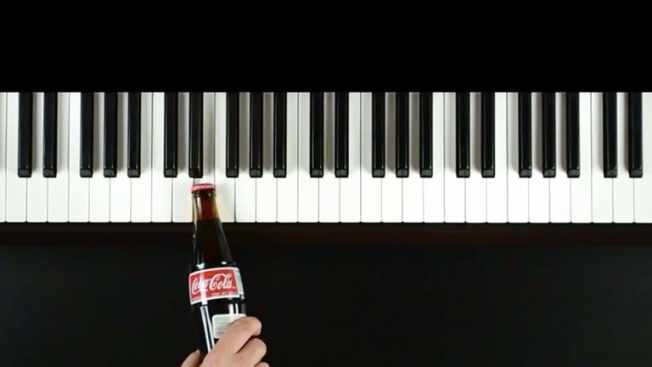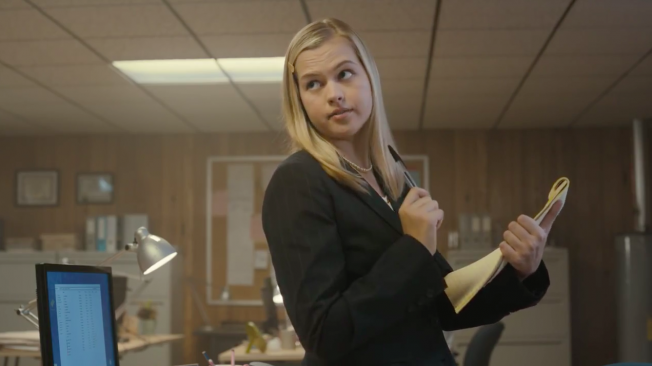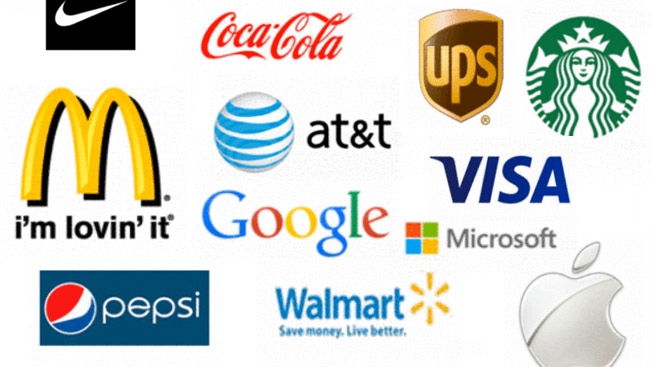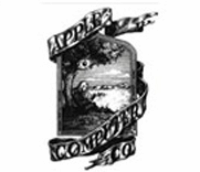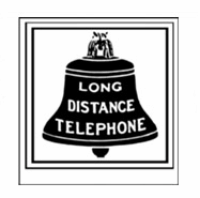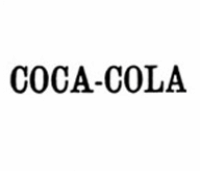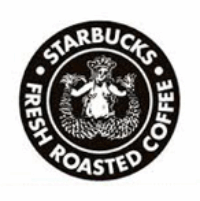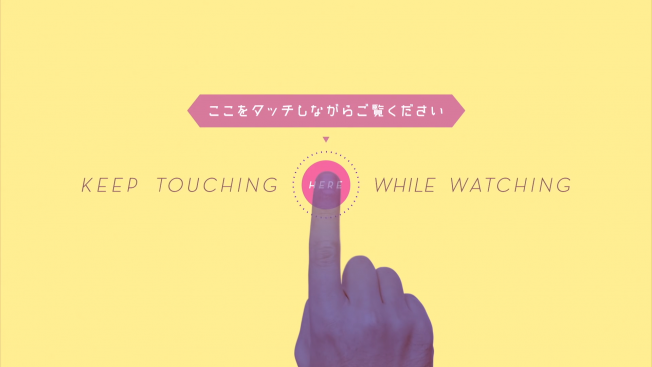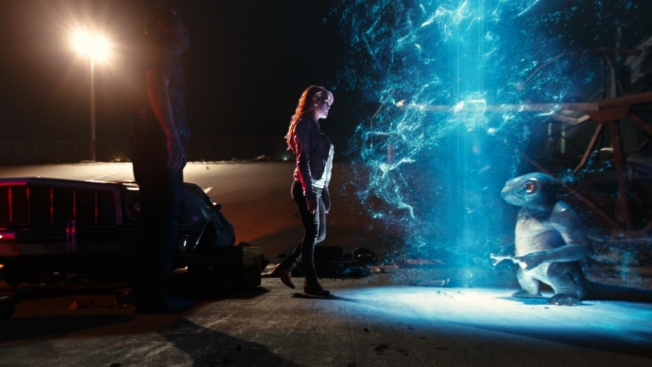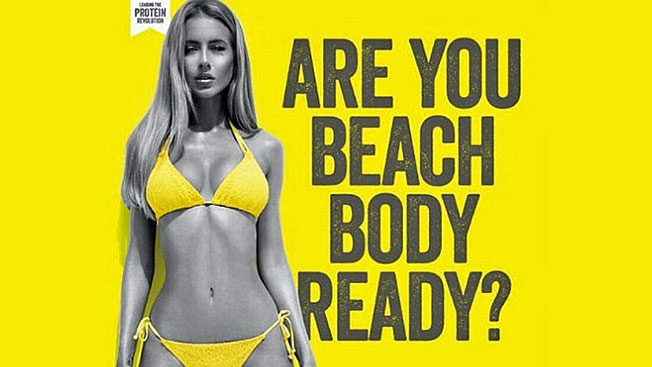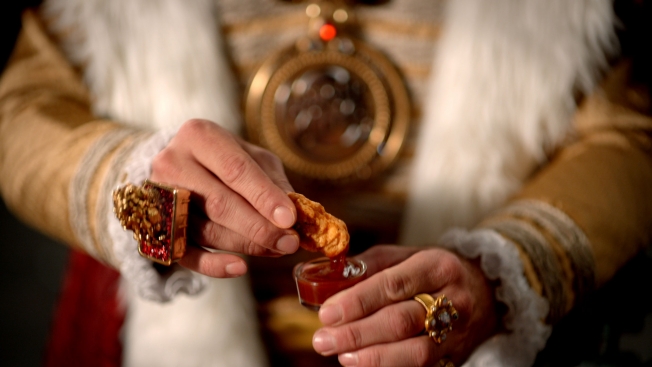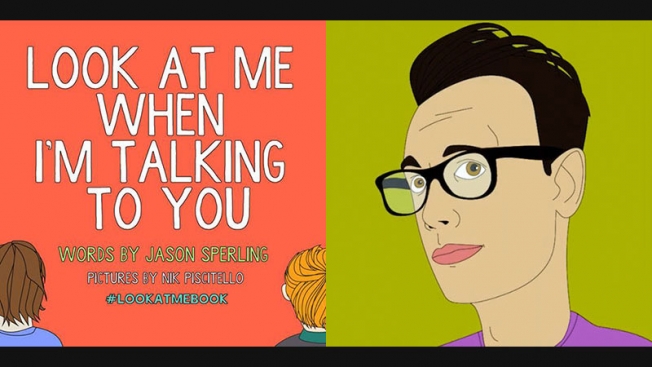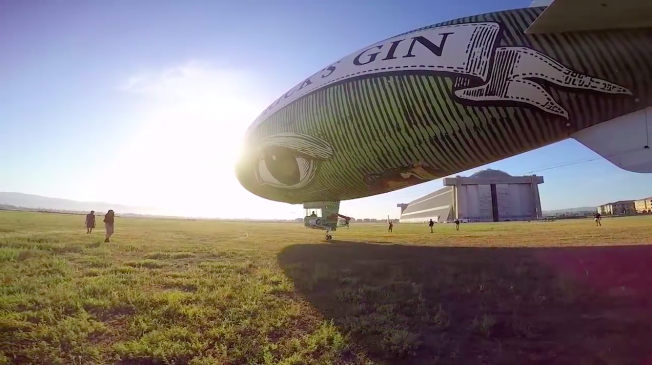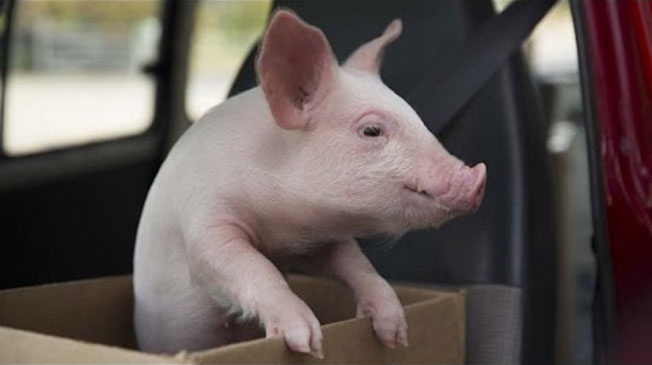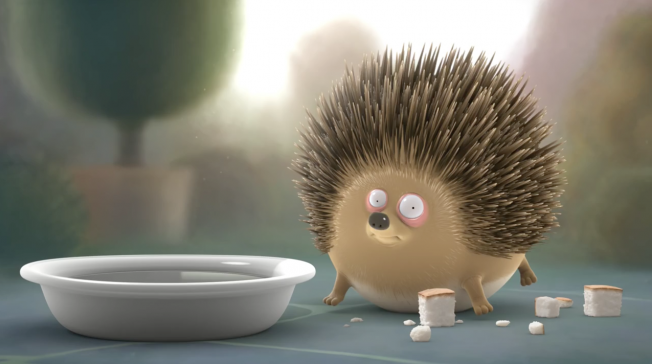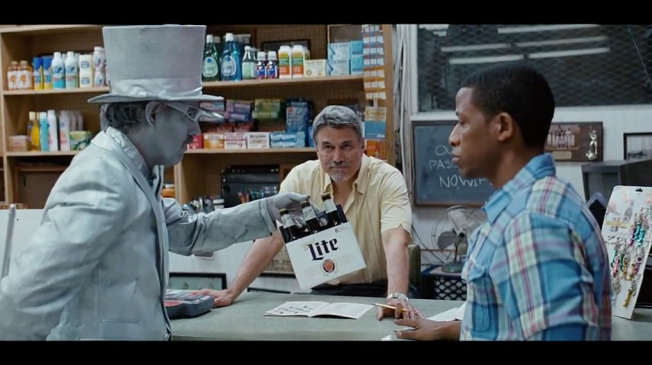
Silver Man—a dude in a top hat and glasses, every inch of him coated in silver paint—really shines in TBWAChiatDay’s new campaign for Miller Lite.
But he’s just one of many characters, oddball and otherwise, who visit a typical neighborhood bodega to pick up some suds and chat with wise, friendly Fred, the bilingual owner of the store. Other customers include a pair of muscular twins who say the same things at the same time; One Tripper (he doesn’t need help, dammit, toting a mountain of snacks and brewskies out the door); and a karaoke singer whose rendition of “Carry On Wayward Son” doesn’t quite match the sonic impact of the original.
Tagged “As long as you are you, it’s Miller Time,” the campaign includes ads in English and Spanish, targeting millennial and Hispanic audiences at a time when craft brews have eroded the sales of big-name beers. These eight spots have a relaxed, indie-film feel, inspired by the convenience-store settings in movies by Jim Jarmusch and the team of Wayne Wang and Paul Auster.
“The market seems to be rich with plenty of, let’s just say, less subtle beer advertising,” Arts & Sciences director Matt Aselton tells Fast Company, “so it seemed like a nice way of telling personal stories and not jock-rock archetypal stories. It’s like Sesame Street—the people in your neighborhood—except with a light beer.”
In real life, all sorts of people drop in and out of bodegas, so “anything is possible,” says Aselton. This makes the stream of strange customers in the commercials seem plausible, with the low-key and slightly askew humor hitting home every time. (The Silver Man, presumably a street performer, is a highlight, particularly when he’s joined by a glittery sidekick for an impromptu pose-down.)
Through it all, Fred serves as a calm, all-knowing foil, doling out advice and yakking it up with the clientele. Smartly underplayed by Eastbound & Down actor Marco Rodriguez, he keeps the proceedings firmly centered. The silver men may steal the show, but Fred is pure gold, one of the most welcome pitch-characters to hit screens in recent memory.
CREDITS
Client: Miller Lite
Campaign: “Bodega”
Andy England: Chief Marketing Officer
Gannon Jones: VP of Brand Marketing, Miller Family of Brands
Ryan Reis: Senior Director, Miller Family of Brands
Greg Butler: Director, Miller Lite
Jeanne-ette Boshoff: Senior Marketing Manager, Miller Lite
Julia Watson: Marketing Manager, Miller Lite Multicultural
Agency: TBWAChiatDay LA
Stephen Butler: Chief Creative Officer
Fabio Costa: Executive Creative Director
Mark Peters: Creative Director
Jason Karley: Creative Director
Rick Utzinger: Creative Director
Bob Rayburn: Creative Director
Matthew Woodhams-Roberts: Creative Director
David Horton: Creative Director
Jeff Dryer: Senior Art Director
Chris Rodriguez: Senior Art Director (Last Minute Gift)
Guy Helm: Senior Copywriter (Last Minute Gift)
Harris Wilkinson: Creative Director (Twins)
John Stobie: Art Director (Twins)
Brian O’Rourke: Director of Production
Anh-Thu Le: Executive Producer
Stephanie Dziczek: Producer
Jill Nykoliation: Business Lead
Chris Hunter: Group Account Director
Scott McMaster: Group Planning Director
Bryan Reugebrink: Account Director
Alice Pavlisko: Project Manager
Linda Daubson: Director of Business Affairs
Nora Cicuto: Business Affairs Manager
Dorn Reppert: Business Affairs Manager
Dessiah Maxwell: Director, Traffic Operations
Judy Brill: Senior Traffic Operations Manager
Agency: Team Ignition
Erick Rodriguez: Senior Art Director
Raul Mendez: Senior Copywriter
Giovanni Chiappardi: Account Director
Elsa Gonzalez: Account Planner
Production Company: Arts & Sciences
Matt Aselton: Director
Mal Ward: Managing Director/Partner
Marc Marrie: Executive Producer/Managing Partner
Zoe Odlum: Producer
Sal Totino: Director of Photography
David Wilson: Production Designer
Editorial: Spot Welders
Haines Hall: Editor (Advice, Silverman)
Kevin Zimmerman: Editor (One Tripper ENG, Twins, Karaoke)
JC Nunez: Editor (Rivals, One Tripper SPAN)
Oli Hecks: Editor (Last Minute Gift, Present)
Carolina Sanborn: Executive Producer
Evan Cunningham: Producer
VFX: MPC
Karen Anderson: Executive Producer
Abisayo Adejare: Producer
Mark Gethin: Colorist
Mark Holden: VFX Lead
Benji Davidson, Dylan Brown, William Cox, Sandra Ross: VFX
Music Supervision: Good Ear Music Supervision
SFX: Barking Owl
Michael Anastasi: Sound Designer
Kelly Bayett: Creative Director
Whitney Fromholtz: Head of Production
Mix: Lime Studios
Mark Meyuhas: Mixer
Matt Miller: Assistant Mixer
Executive Producer: Jessica Locke






![]()




